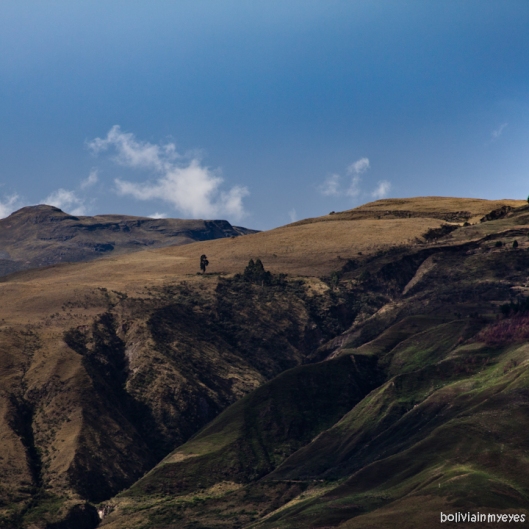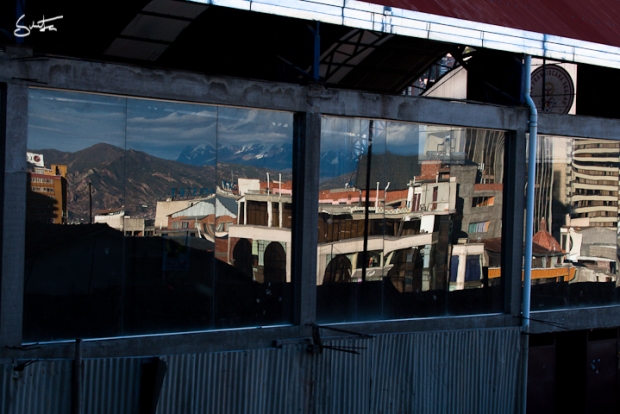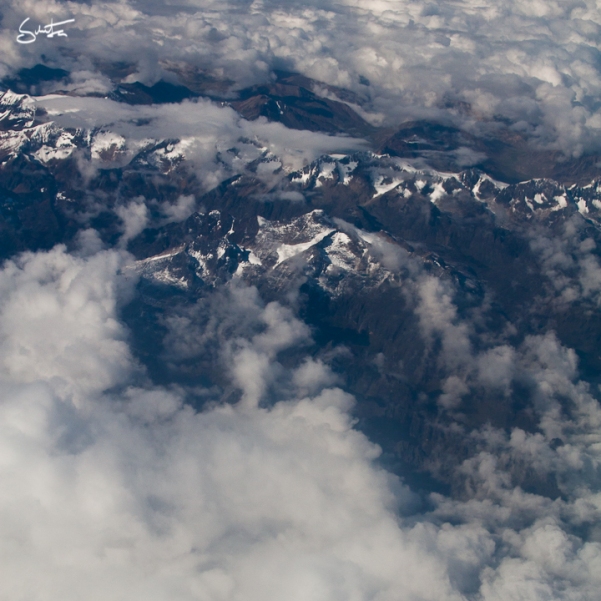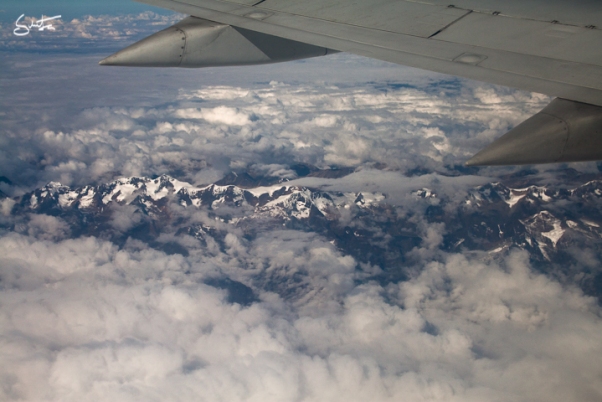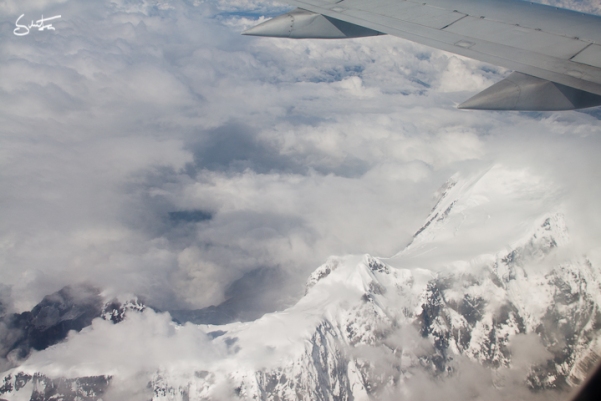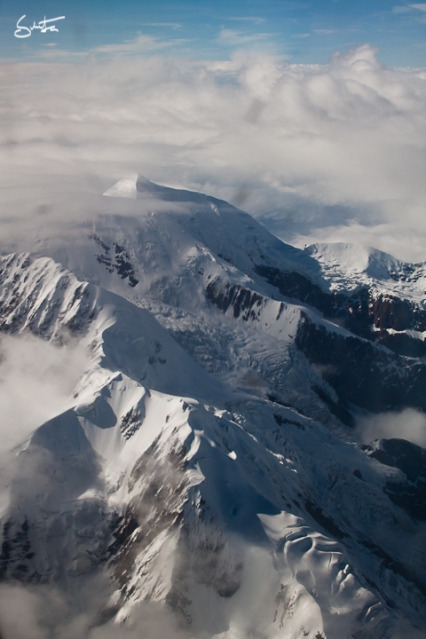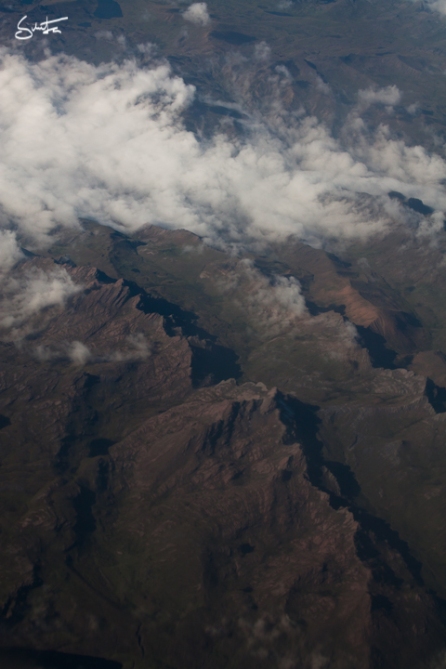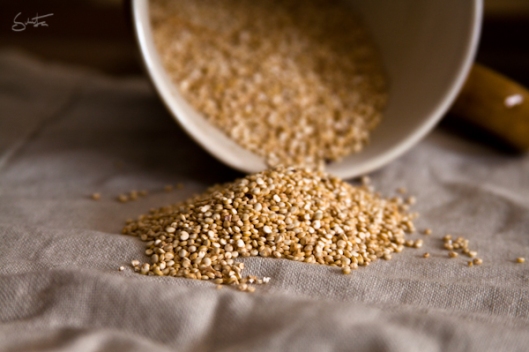Dzis 11/12/13, wiec obchodzimy Miedzynarodowy Dzien Gor! Swieto zostalo ustanowione przez Zgromadzenie Ogólne ONZ w 2002 roku, a jego celem jest zwrócenie uwagi m.in. na zwiększone koszty zaopatrzenia i usług na terenach górskich, koszty infrastruktury oraz transportu i energii. To również okazja do zwiększenia świadomości o ochronie i znaczeniu gór oraz lasów górskich dla ekologicznego świata i “zielonej gospodarki” z uwzględnieniem zmiany klimatu. W ramach obchodów organizowane są także akcje promujące kulturę oraz produkty wywodzące się z terenów górskich.
Co prawda, nie slyszalam, aby Boliwijczycy jakos specjalnie celebrowali ten dzien, ale z cala pewnoscia powinni, poniewaz GORY maja cudne!
Pasmo Andów, polozone na terenie Boliwii, o szerokości ok. 600 km, składa się z trzech głównych łańcuchów – Kordyliery Wschodniej (z najwyższym szczytem Boliwii: Sajama – 6520 m), Kordyliery Środkowej oraz Kordyliery Zachodniej. Pomiędzy Kordylierami Zachodnią i Środkową rozciąga się płaskowyż Altiplano (hiszp. altiplano – płaskowyż), gdzie znajduja sie bezodpływowe jeziora (Titicaca, Poopo) oraz solnisko Salar de Uyuni.
Na przedgórzu i w dolinach panuje klimat kontynentalny wilgotny, o opadach 1500–2000 mm. Stwarza to doskonale warunki do uprawy roli, bowiem temperatury w ciagu roku utrzymuja sie na poziomie 20 stopni C. W Andach panuje klimat kontynentalny suchy z sumą opadów do 600 mm/rocznie. Temperatura w ciagu dnia moze byc wysoka, poniewaz jestesmy blizej slonca, ale po zmroku spada drastycznie, czesto ponizej zera. Opady sniegu sa tu dosyc czeste.
Przed kolonizacja europejska, andyjski region Boliwii był częścią Imperium Inków – największego państwa w Ameryce prekolumbijskiej. Boliwijskie Altiplano bylo rowniez kolebka wysoko rozwinietej cywilizacji Tiwanaku, za ktorych potomkow uwaza sie lud Aymara. Potomkami Inkow sa zas Indianie Quechua.
Najwyzej polozonym miastem Boliwii, i jedym z najwyzszych na swiecie, jest Potosi. Bolwia szczyci sie rowniez najwyzej polozonym lotniskiem swiata ‘El Alto‘, niedaleko La Paz.
Przyznaje, mieszkajac w tropikalnej Santa Cruz, z tesknota wypatruje gor na horyzoncie, spogladajac w strone Samaipaty. Tesknie za wulkanami Potosi, piekna Illimani gorujaca nad La Paz, ale przede wszystkim za Cordilliera de Cochabamba, otaczajaca Miasto Wiecznej Wiosny. Wzgorza, koloru brunatno-zielonego, porosniete sa lasem eukaliptusowym, nie endemicznym dla tego regionu swiata, ale ktory przyjal sie tu bardzo dobrze. Won eukaliptusa podczas spacerow gorskimi sciezkami nie tylko dziala ozywczo na zmysly, ale podobno rowniez odstrasza insekty. Niestety, minusem lasow eukaliptusowych jest ich podatnosc na ogien, dlatego tez co jakis czas mozemy obserwowac dzikie pozary w gorach.
Powiedzcie sami, jak mozna nie tesknic za takimi widokami?
Wiecej cochabambinskich gor znajdziecie : TU.
***
Today is 11/12/13, so we celebrate the International Mountain Day, that has been established by the UN General Assembly in 2002. Its purpose is to draw attention to the increased costs of supplies and services in mountain areas, infrastructure, transport and energy. It is also an opportunity to raise awareness about the importance of protecting mountain forests and the “green economy” with regard to climate change. On this day, many countries organize actions to promote culture and products derived from its mountain areas.
To be honest, I haven’t heard that Bolivians celebrate this day, but they should, because their MOUNTAINS are wonderful!
The Andes in Western Bolivia, with a width of about 600 km, consists of three major chains – Eastern Cordillera (with the highest peak in Bolivia, Sajama – 6520 m), Cordillera Central and Western (Occidental) Cordillera. Between Western and Central Cordillera extends the Altiplano (plateau) located at altitude above 3000 m, with the lakes Poopo and Titicaca (the highest commercially navigable lake in the world and the largest lake in South America, shared with Peru) and salt flat Salar de Uyuni.
The Sub – Andean region in the center and south of the country is an intermediate region between the Altiplano and the eastern llanos (plains). It is distinguished by its farming activities and its temperate climate.
Altiplano has a desert- polar climate, with strong and cold winds. The average temperature ranges from 15 to 20 ° C, but at night descends drastically. The weather is dry and solar radiation is high. Ground frosts occur every month, and snow is frequent .
Prior to European colonization, the Andean region of Bolivia was a part of the Inca Empire – the largest state in Pre-Columbian America . Bolivian Altiplano was also the cradle of highly – developed civilization of Tiwanaku, whose descendants Aymara people still live in the area. Quechua Indians are descendants of Inkas.
Bolivia’s highest town, and one of the highest in the world, is Potosi. Bolwia also has the highest airport of the world ‘El Alto’, near La Paz.
I admit, that living in a tropical Santa Cruz, I many time look out from the window on the horizon, in the direction of hilly Samaipata. I long very much for volcanoes of Potosi, Illimani towering over the beautiful La Paz, but above all for Cordilliera de Cochabamba, surrounding The City of Eternal Spring. Browny – green hills of Cochabamba are covered with eucalyptus trees, which smell not only helps in better respiration, but also can be used as natural insecticide. Unfortunately, eucalyptus forest is very sensitive to fire, so from time to time we can observe wild fires in the mountains.
Who wouldn’t miss such views?
More mountains cochabambinos: HERE.



